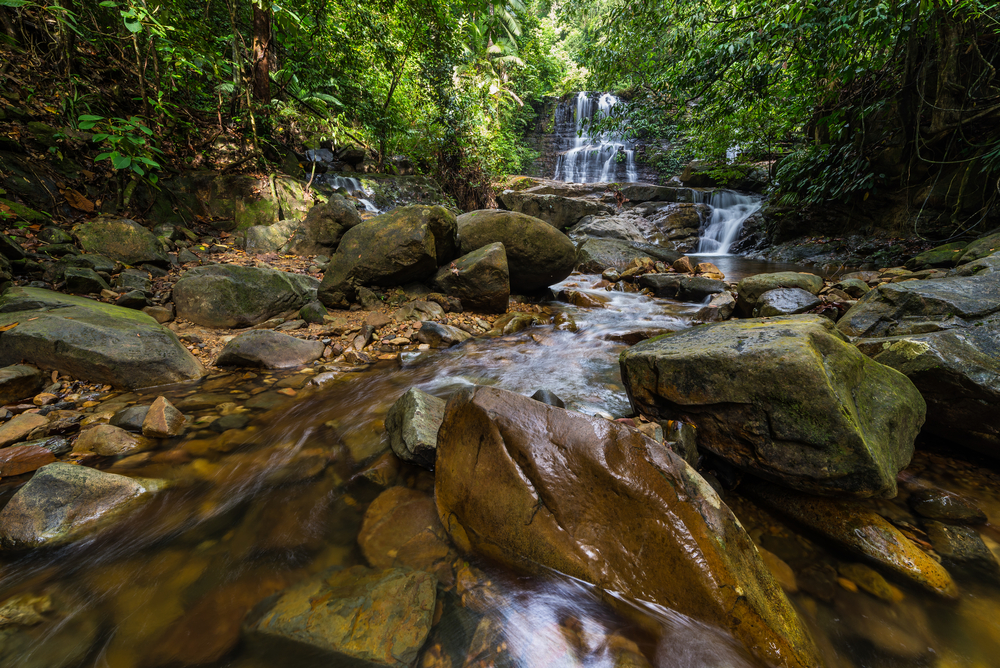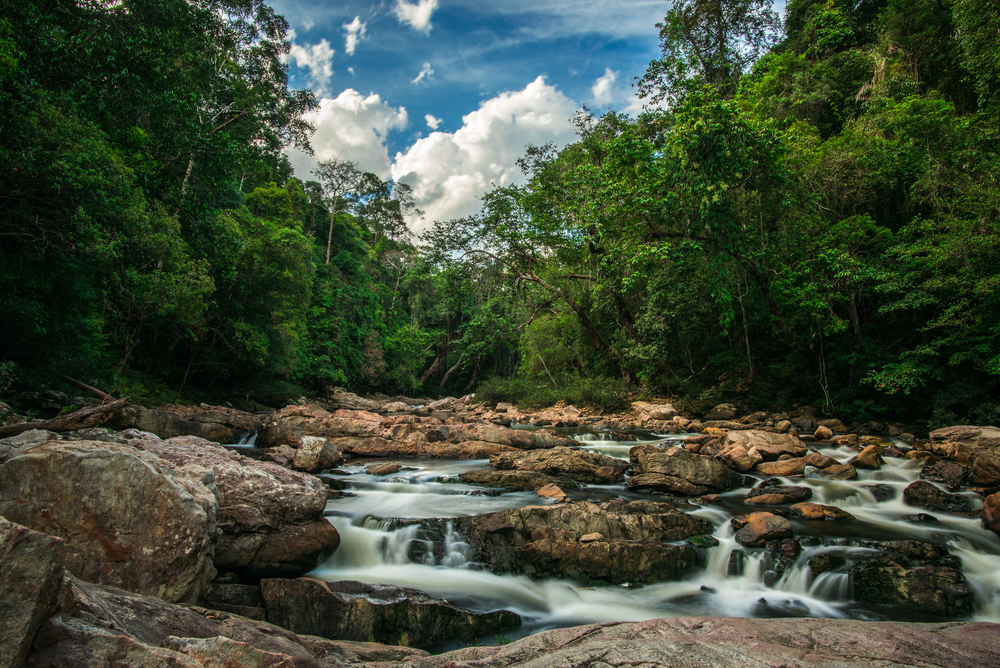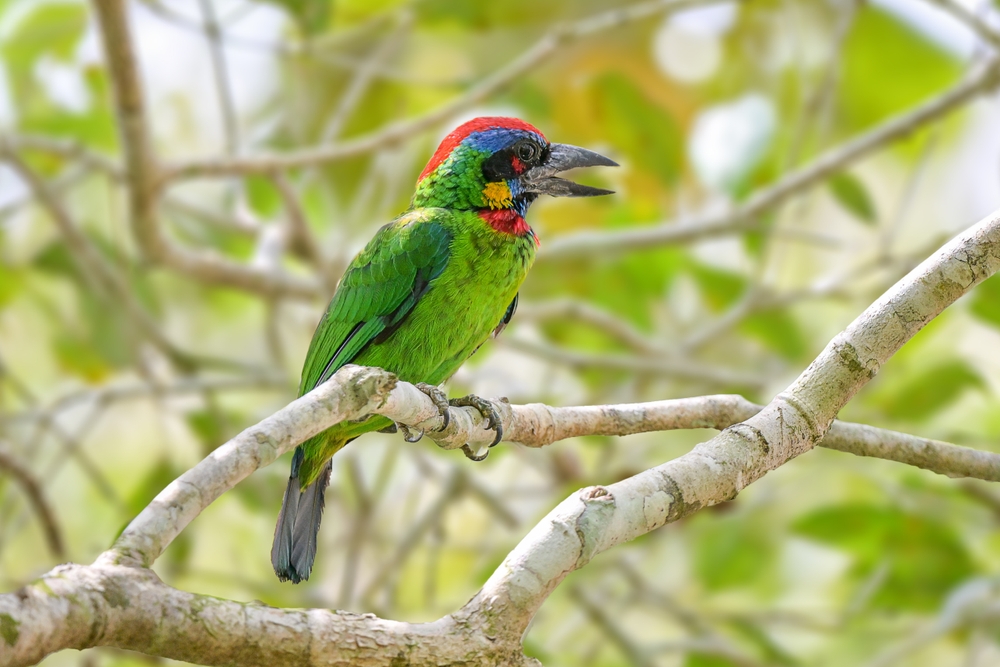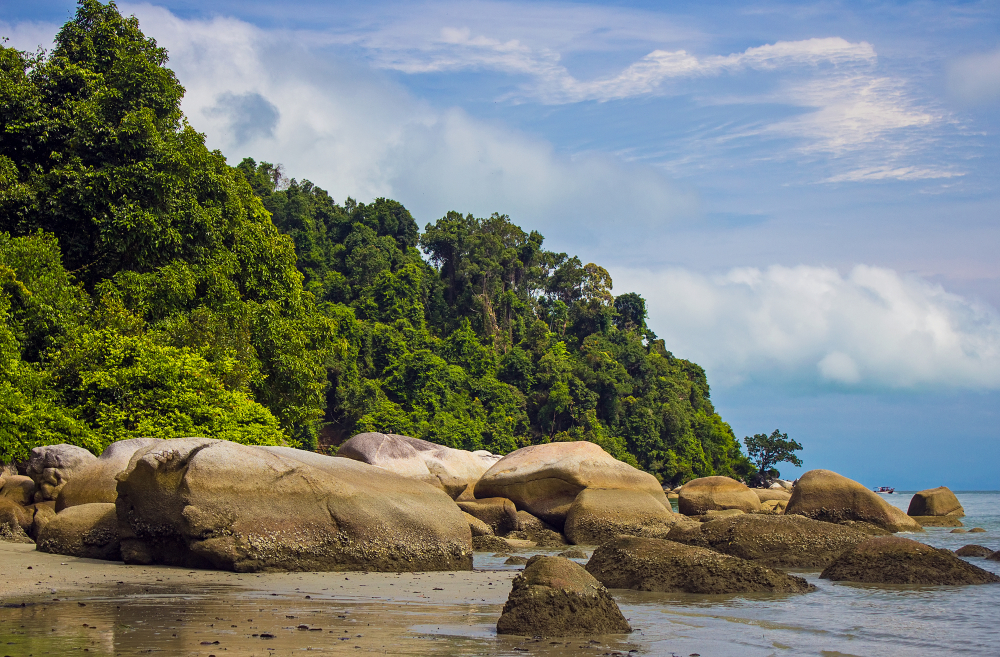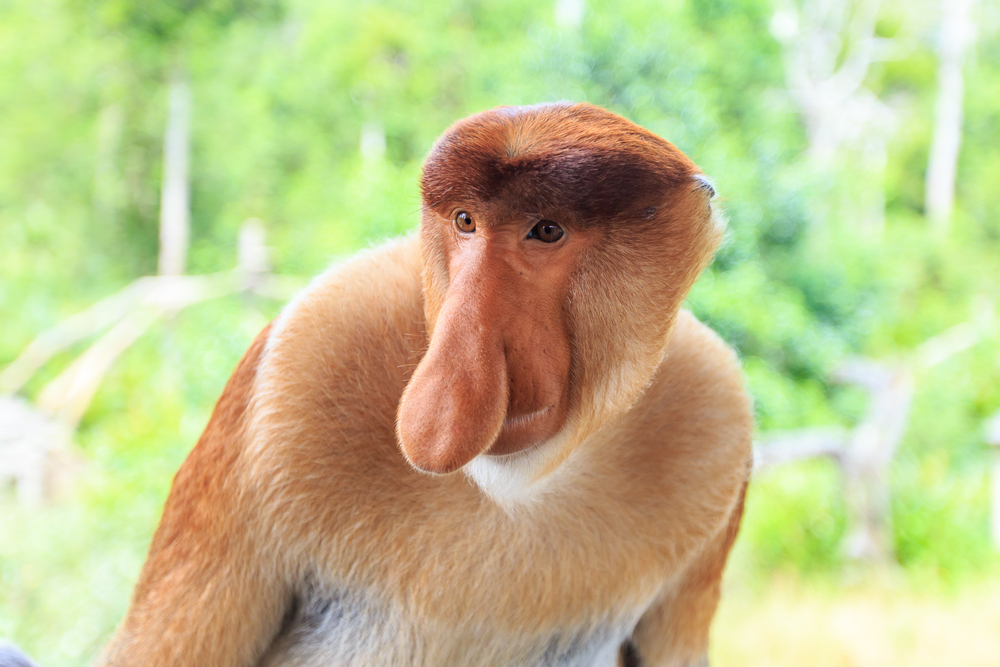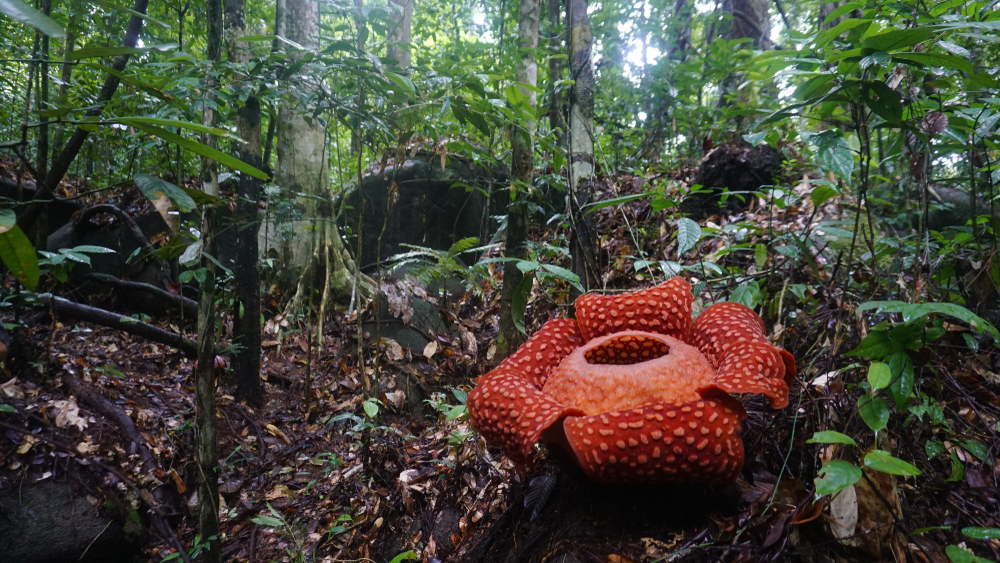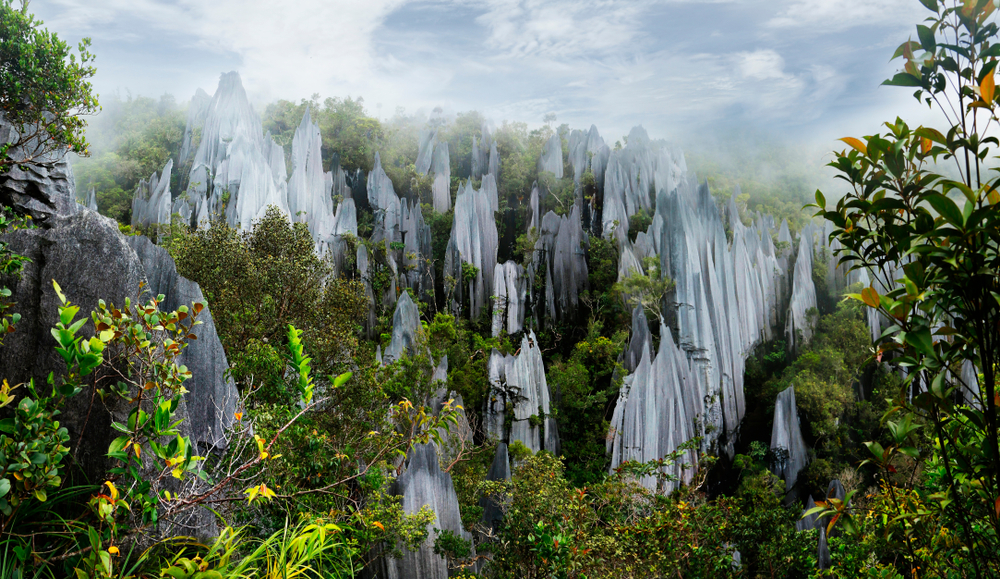Kubah Overview
Kubah National Park, locally known as Taman Negara Kubah, is a compact yet biologically rich natural reserve located in Sarawak, Malaysia, on the island of Borneo. Covering an area of 8.91 square miles (23.14 square kilometers), this park is a treasure trove of natural wonders. Situated approximately 14 miles (22 kilometers) from Kuching, the capital of Sarawak, Kubah is nestled within a hilly terrain that boasts a stunning variety of landscapes, from dense rainforest to towering sandstone formations.
The park is famed for its picturesque peaks, including the prominent Mount Serapi, which stands at 2,907 feet (886 meters) and offers breathtaking views of the surrounding landscape. Visitors will encounter pristine streams, cascading waterfalls such as the Rayu Waterfall, and a mosaic of lowland and montane rainforests teeming with biodiversity.
The vegetation within Kubah National Park is a botanist’s dream. Its flora includes dipterocarp trees, pitcher plants, and a fascinating array of palms, orchids, and ferns. The park is particularly renowned for its diversity of palms, with over 100 species found here. This lush vegetation creates a vibrant canopy and provides a habitat for an extraordinary variety of wildlife. Visitors can expect to see mammals such as the elusive civets, bearded pigs, and squirrels.
At night, lucky visitors might spot flying lemurs gliding between trees. The park is also a haven for bird enthusiasts, with over 150 recorded bird species, including the Rhinoceros Hornbill, Oriental Pied Hornbill, and various species of woodpeckers. Amphibians are another highlight, with Kubah being home to an impressive array of frog species, including the rare Wallace’s Flying Frog, which can glide from tree to tree.
Popular features of Kubah National Park include its waterfall trails, the summit trek to Mount Serapi, and the famed Frog Pond, which comes alive at night with a symphony of croaks from a myriad of frog species. The park also has a network of well-maintained trails such as the Selang Trail and Waterfall Trail, which offer varying levels of difficulty and showcase the park’s natural beauty.
Visitors can engage with the park through guided walks, night treks, and nature photography. The park’s proximity to Kuching makes it a convenient day trip for travelers, though its charming accommodations, including a camping site and chalets, encourage overnight stays.
Kubah National Park faces conservation challenges due to its proximity to urban areas and the encroachment of development. However, ongoing efforts by Sarawak Forestry Corporation and local conservation groups have led to successes in preserving the park’s unique ecosystems. Regular monitoring of wildlife, habitat restoration projects, and eco-tourism initiatives have significantly contributed to the park’s sustainability. Kubah serves as a crucial refuge for numerous endemic and endangered species, highlighting its importance as a natural sanctuary in Sarawak.








































































